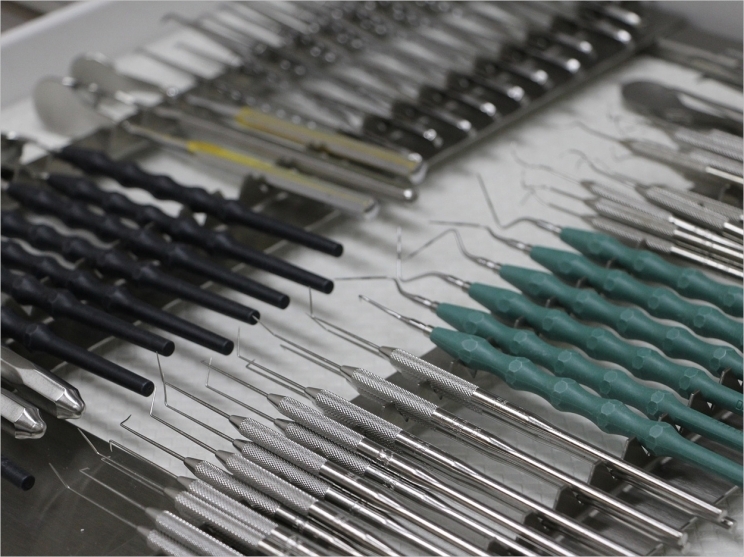
The ECRI Institute has identified the top 10 health technology hazards for 2020. Surgical stapler misuse is the number one danger, followed by point-of-care ultrasound and then sterilization processing errors in medical and dental offices.
Now in its thirteenth year, the ECRI Institute’s Top 10 Health Technology Hazards report identifies top health technology concerns warranting attention by healthcare leaders. The hazards are selected based on a review of ECRI’s incident investigations, medical device testing, and public and private incident reporting databases.
Insufficient attention to sterilization processes in medical offices, dental offices, and some other ambulatory care settings can expose patients to contaminated instruments, implants, or other critical items, the ECRI Institute reports. Failure to consistently and effectively clean and disinfect or sterilize contaminated items before use can expose patients to virulent pathogens.
This concern exists in all settings where patients may come into contact with contaminated items, especially those intended to enter sterile tissue or the vascular system, the institute says. But not all healthcare settings have similar resources for core infection prevention and control (IPC) practices, the institute continues.
Settings that may lack the sterilization program resources commonly found in acute care facilities, for example, include medical offices, dental offices, and similar locations that are not serviced by a central sterile processing department.
During IPC consultations in these settings, the ECRI Institute says it has observed numerous oversights and improper actions associated with sterilization processes. While the prevalence of such failures is unknown, the institute says, the potential exists for this to be an insidious, widespread patient safety risk.
The ECRI Institute advises that key safety measures include designating a qualified staff member of contractor to support core IPC practices and providing appropriate training for and conducting periodic competency testing of benchtop sterilizer operators.
The remaining risks on the ECRI Institute’s top 10 list include:
- Central venous catheter risk in at-home hemodialysis
- Unproven surgical robotic procedures
- Alarm, alert, and notification overload
- Connected home healthcare security risks
- Missing implant data and MRIs
- Medication timing errors in electronic health records
- Loose nuts and bolts in devices
“What used to be hospital problems are now concerns in ambulatory and home care settings,” said Marcus Schabacker, MD, PhD, president and CEO of the ECRI Institute. “As healthcare shifts outside the hospital, ECRI remains committed to building awareness about technology hazards to keep patients safe.”
Related Articles
Ensure Best Practices for Infection Control in Your Dental Office
Every Practice Needs an Infection Control Coordinator











